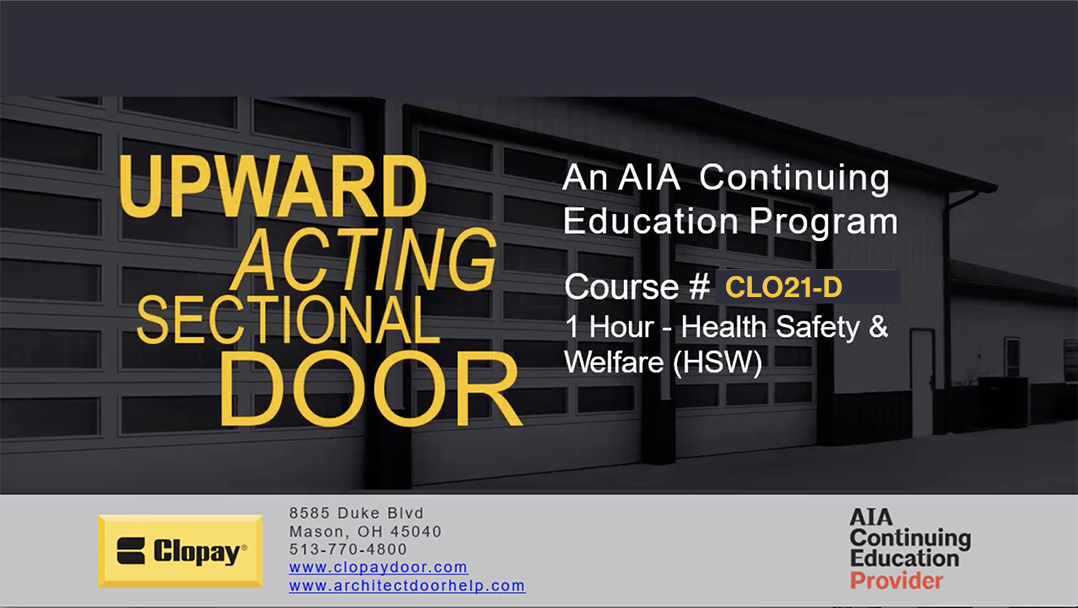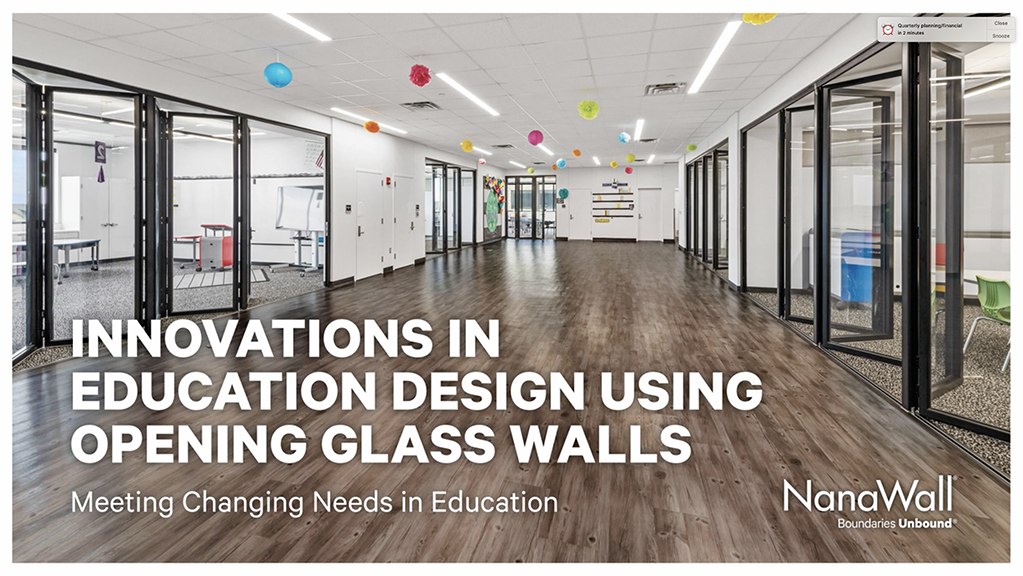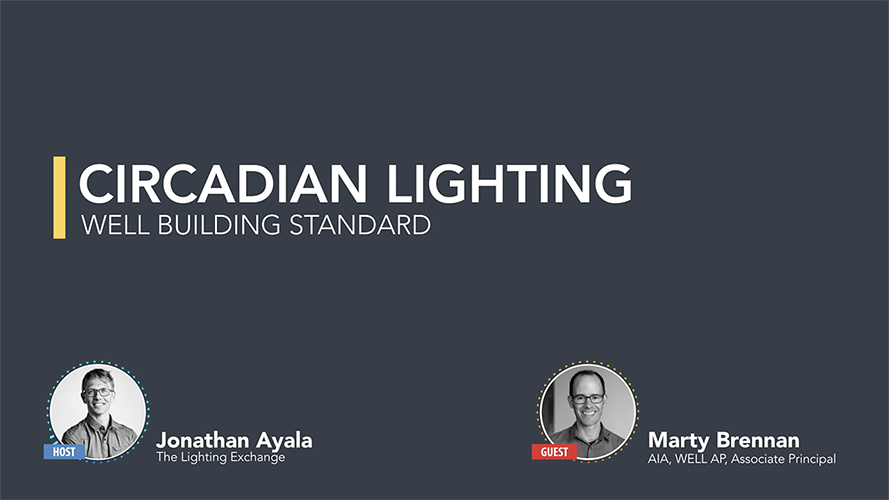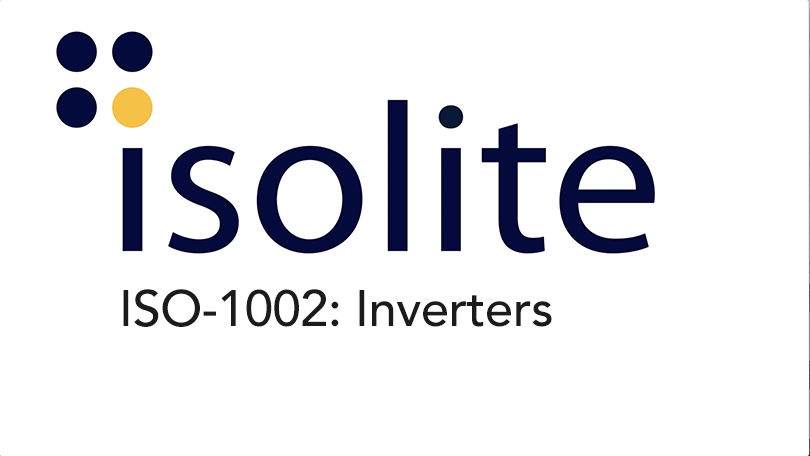Solar shading devices, while available in numerous weaves, textures, and colors, go beyond contributing to the aesthetics of a space. Specified correctly, solar shading devices can maximize daylighting benefits and contribute to occupant well-being, productivity, and engagement, while mitigating the detrimental effects of UV rays and glare.
Learning Objective 1:
Students will understand the benefits daylighting, including the psychological and physiological �well-being of occupants, as well as its drawbacks, such as glare and solar heat gain
Learning Objective 2:
Students will become familiar with the types of solar shading fabrics available for use in commercial settings and their components, including operating systems, weave, color, and openness factor, and the ways in which these contribute to the control of daylighting.
Learning Objective 3:
Students will explore the benefits of solar shading devices that extend beyond light management, such as sound mitigation, sustainability, and antimicrobial properties.
Learning Objective 4:
Students will determine how to select the right fabric for an application, taking into account aesthetics and room conditions
...Read More
Show Less

















